The products and services mentioned below were selected independent of sales and advertising. However, Simplemost may receive a small commission from the purchase of any products or services through an affiliate link to the retailer's website.
You notice your houseplant’s lush green leaves are starting to turn yellow. Whether it’s entire leaves that are discolored or a more gradual yellow takeover, you’ll want to help nurse your plant back to health, and the leaves are giving you some important clues.
Think of the leaves’ color as your plant’s way of communicating with you, says Megan Abbasciano, a florist on online floral marketplace BloomNation and co-owner of Designs by Don in Wilmington, Massachusetts.
In general, yellowing usually means that there’s something blocking the chlorophyll, which is what’s responsible for giving plants their healthy green color, she says.
Houseplants can be a little fickle, and they each require their own balanced care program of light, water, temperature and feed, says Andrew Gaumond, horticulturist, botanist and director of content at Petal Republic, a guide to flower and delivery services. So when houseplants turn yellow — whether it’s their leaves, stems or lower parts of the plant — it’s usually symptomatic of one of those care requirements being out of line.
Ready to get to the bottom of this? Here are seven possible reasons your plant could be turning yellow, and how to bring them back to green.
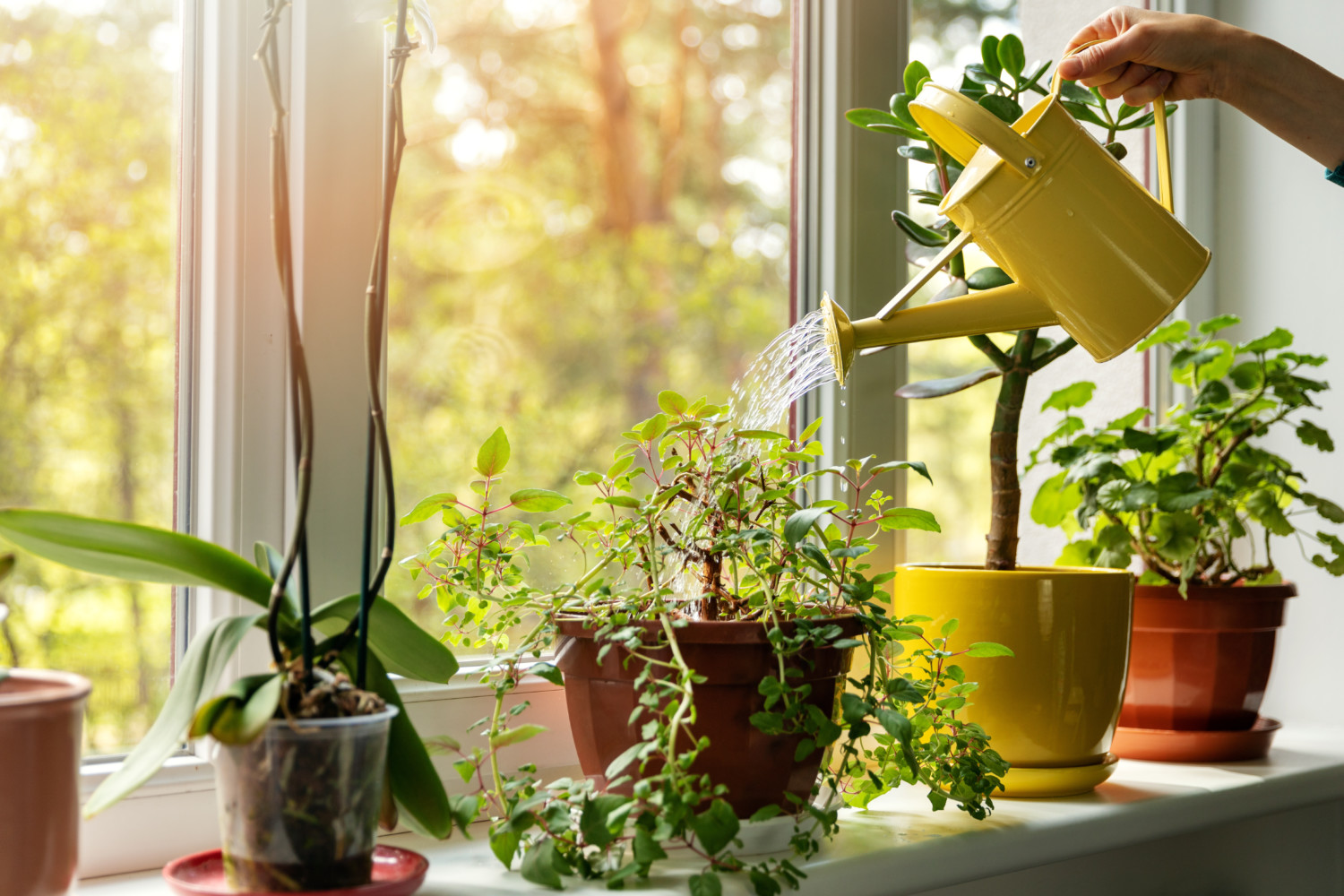
You’re Under-watering Your Plants
If you notice individual leaves turning yellow and curling, this is a classic sign of under-watering in most plants, Gaumond says. Check the soil for moisture with a probe (or even your fingers will suffice), and water as necessary, should it appear particularly dry.
You’re Overwatering Your Plants
If your houseplant’s leaves are generally fading from green to yellow, Gaumond says, this is a likely sign that you’ve been overwatering them. You’ll want to check the base of the stem, which may have signs of mold forming in unison. Keep an eye on your soil over the coming days and allow it to dry completely before re-watering again, he says, and then adjust your watering cycle moving forward so you’re not drowning your plant.
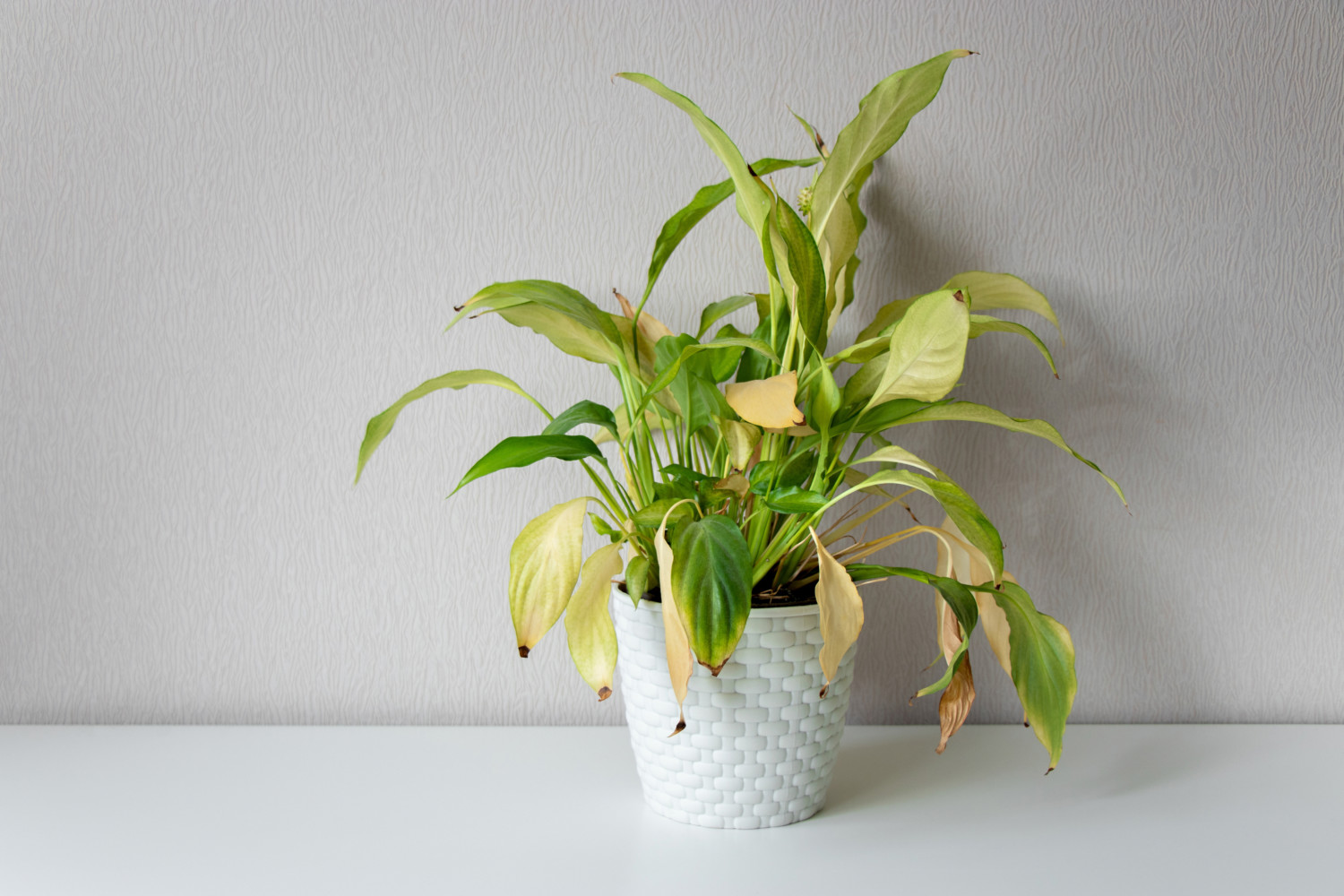
There’s A Temperature Or Humidity Imbalance
If you notice that your entire plant is turning yellow and dropping leaves, this is usually a sure sign of a temperature or humidity problem, Gaumond says.
“Many houseplants don’t enjoy extended periods of bright, direct light as they are typically native to tropical forests where there’s a lot of bright, indirect light and varying shade throughout the day,” he explains.
Cold or drafty spots, Gaumond says, aren’t conducive to good houseplant health, either.
Try switching the plant to a different spot and see if things improve, assuming everything else looks good in terms of soil moisture and the plant is receiving sufficient nutrients from a fertilizer, he suggests.
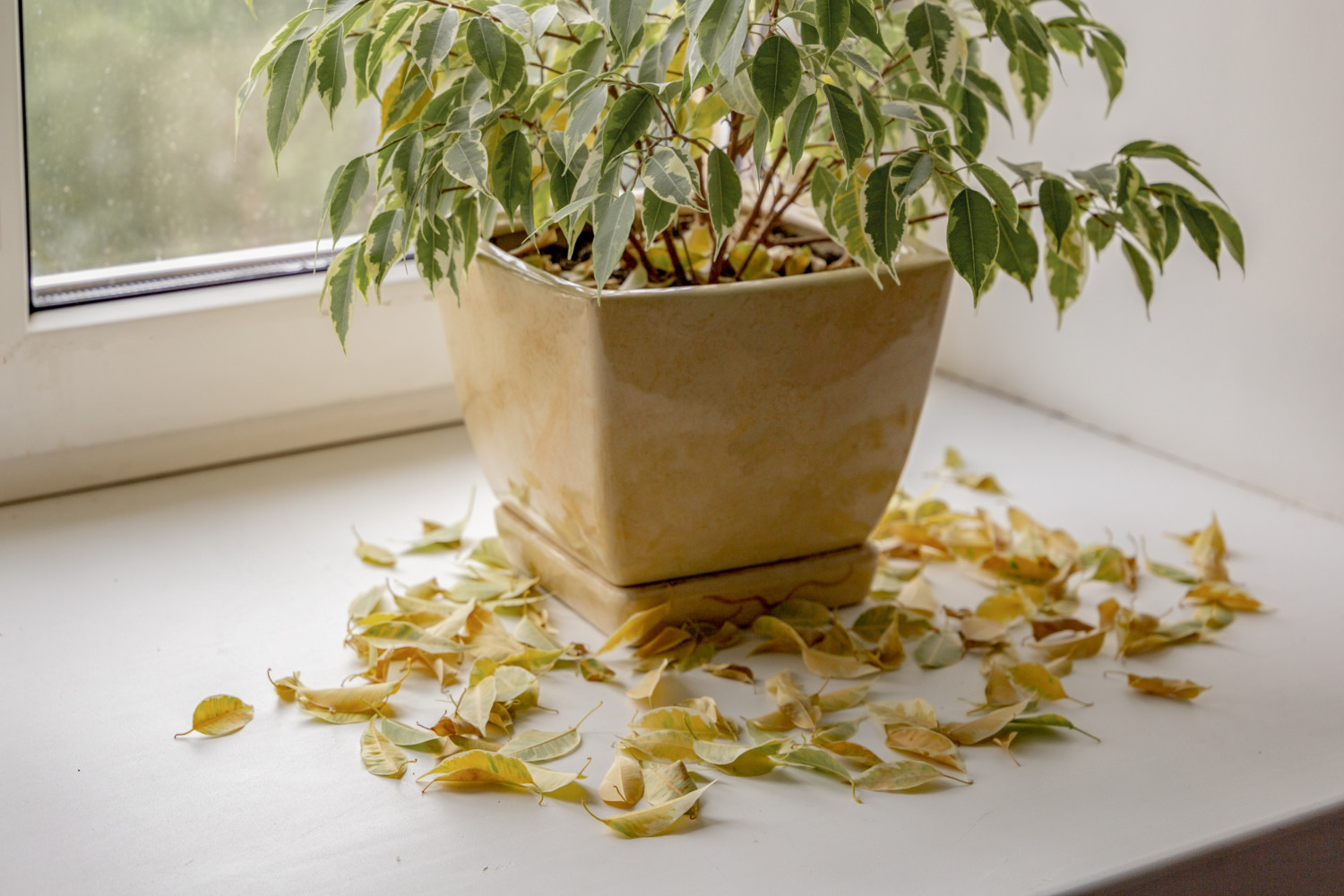
There’s A Lack Of Nutrients
Your plant could have a nutrient deficiency, and the fix is feeding it a nutrient-rich fertilizer, says Susan Brandt, the co-founder of Blooming Secrets, a gardening website that provides personalized selections for gardeners based on their location and level of gardening.
Your plant could be giving you clues as to the specific nutrients it’s missing, she says. Here are some common deficiencies, according to Brandt:
- A nitrogen deficiency will show up as a general yellowing of the leaves. Older, inner leaves will yellow first. Then the yellowing will move outward, eventually reaching young leaves, too.
- A potassium deficiency will be seen when the leaf edges turn bright yellow, but the inner leaf stays green.
- A magnesium deficiency will be displayed on the leaves as yellow patches between leaf veins on older leaves.
- Iron deficiency can show up as yellowing between leaf veins, but it hits young leaves on plant tops and branch tips first.
- Sulfur deficiency displays with the newest leaves, turning them yellow throughout.
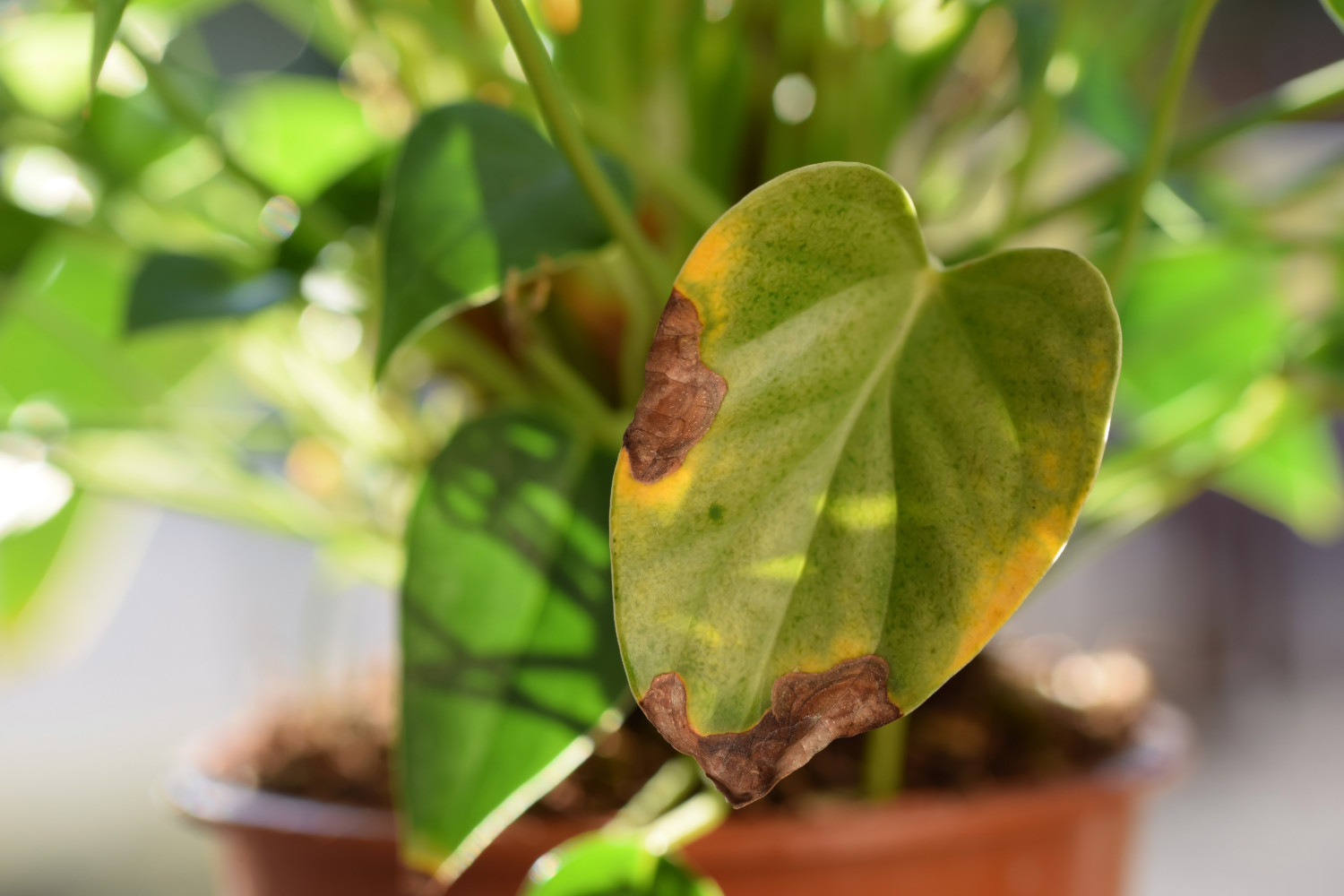
You Have Acidity Imbalances In The Soil
Houseplants can be quite sensitive to the pH level and nutrient balance in the soil mix. If you overfertilize a plant, it can cause fluctuations in the soil acidity, and you might notice yellowing of leaves and stems, Gaumond says. Investing in a probe to monitor pH levels in the soil is an easy fix.
The Roots Have Overgrown The Pot
Take a look at the roots. If all of the roots are bundled at the bottom, it’s a sign your plant has overgrown its container, and it may be time to repot and upgrade your plant to a pot that has more room and new soil, Abbasciano says.
Or, are the roots wet and showing signs of rotting? If so, let them dry out, she suggests.
“When there is standing water, bacteria will grow and the roots will rot or develop mold — an enemy to all house plants,” she says. “Drying out the soil in-between watering is essential.”
As a reminder: Less is more when you don’t want irreversible damage done to your plant. By under-watering and under-fertilizing, you won’t shock, burn or drown and kill your plant.
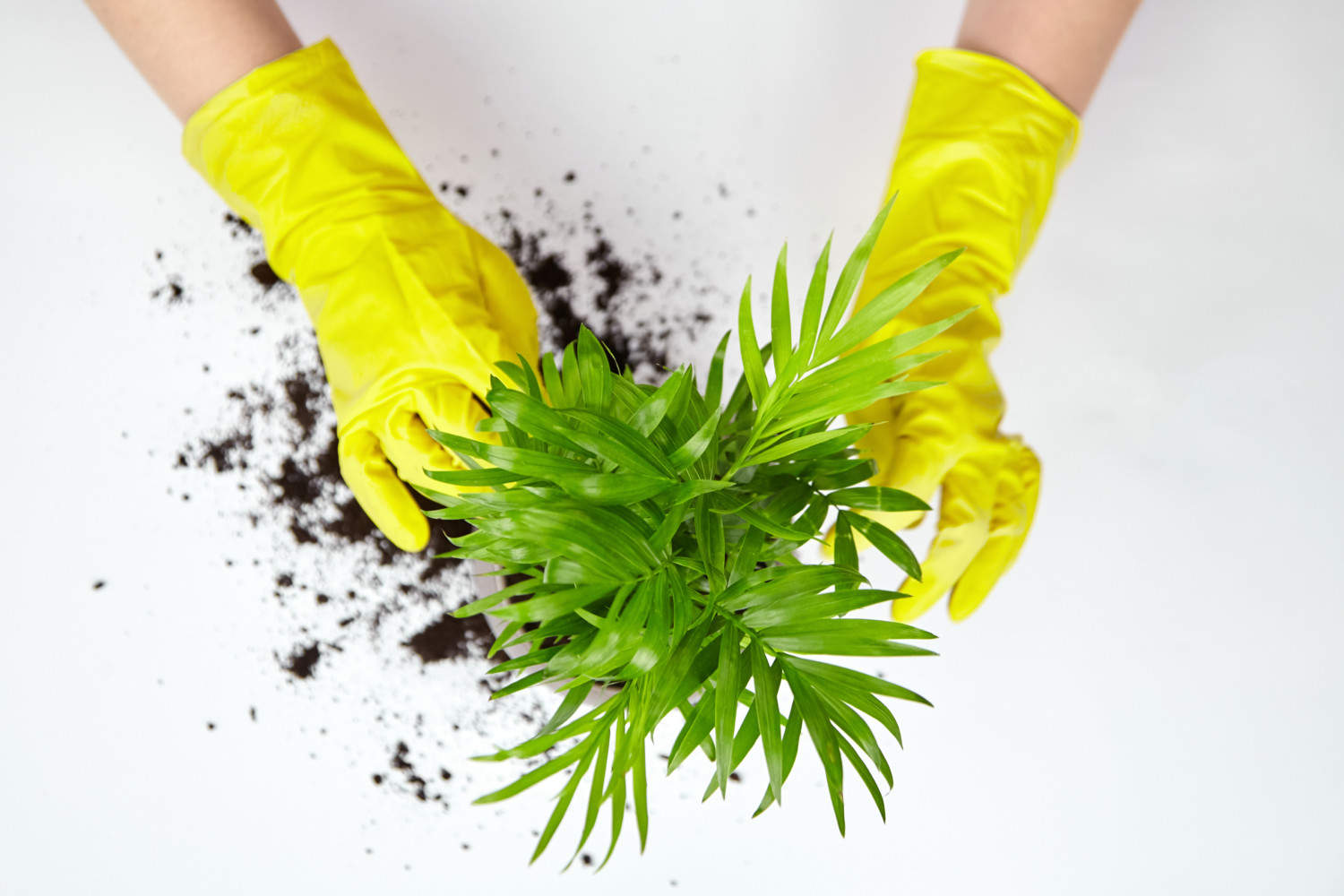
Your Plant Has Pests
Check under those leaves, because it could be a pest that’s infecting your plant.
“If you have found a pest, then lock down and clean up,” says Kat Strazzere, who is also with BloomNation and the co-owner of Designs by Don. “Move all plants in the affected area outside or in the bathtub. Get some horticultural or insecticidal soap and wipe everything down. By doing this one clean sweep, you’ll increase your chances of this being a one-time problem.”
She recommends using Dr. Bronner’s peppermint castile soap to treat insects on plants. It’s natural and eco-friendly and lasts, Strazzere says. Mix 1 tablespoon of the soap with 1 liter of water and spray down your plants.
A final note: Know your plant, Strazzere says. That way, you can best understand how much water this specific type of plant requires, what kind of fertilizers to use, and what kind of light exposure it needs.
“By knowing your plant’s type, you’ll be able to diagnose the issue accordingly,” she says.
Need help identifying your plant and no longer have its identification tab? You can find lots of apps, like PlantSnap, that will identify your plants based on uploaded photos.
This story originally appeared on Simplemost. Checkout Simplemost for additional stories.



